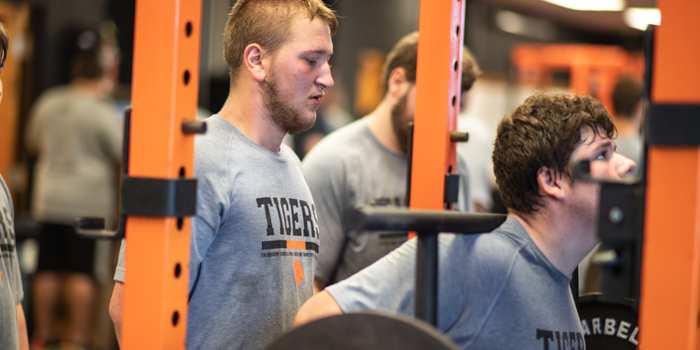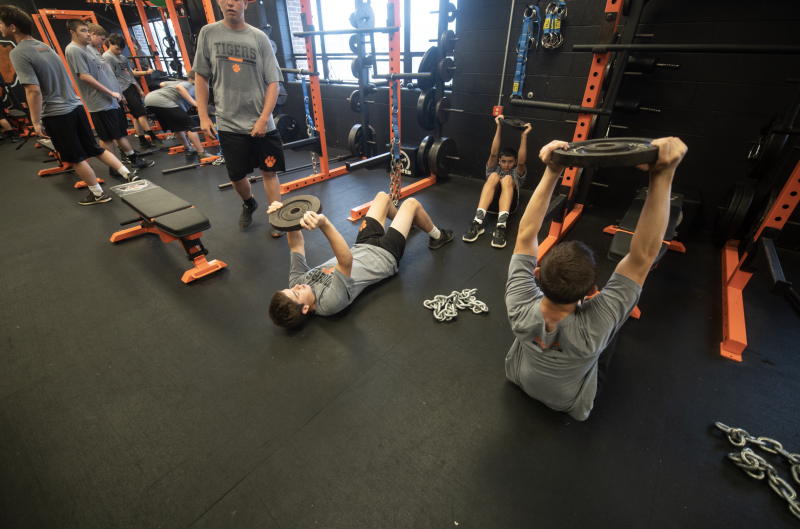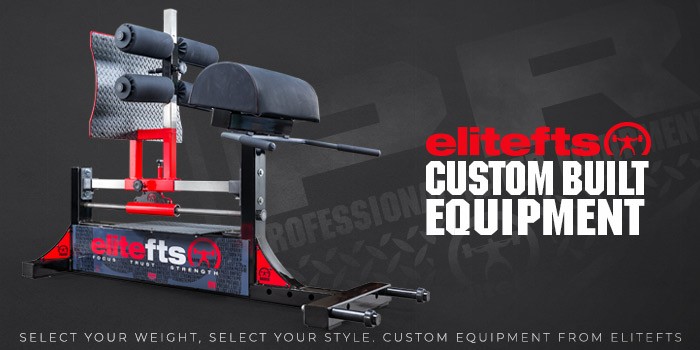
Originally published in December of 2004
Looking over the elitefts Q/A, answering questions on the phone and performing seminars, it is easy to see what part of training has received the most focus; dynamic effort training. This has been the cause of a lot of talk (“When do I use the circa-max phase?”, “What percentages should I use?” etc.), a lot of frustration and a lot of excitement amongst coaches and lifters. Unfortunately, most people are missing the boat.
When developing a training program for a lifter, the dynamic effort method is one of the last pieces of the puzzle but it seems to have become the starting point for most people. With the emphasis on speed in sports, people have seemed to have forgotten the simplest way to become faster: become stronger (the max effort method).
RECENT: A Question of Strength
One of the many reasons why this has escaped the minds and programs of many coaches is because it’s not the “in” thing to do. Of course, many sport coaches will say that taking a 700-pound squatter to 900 pounds will not necessarily make him faster. He is correct. But if the coach takes a 225-pound squatter and brings him up to 500, both athlete and coach will be pleasantly surprised.
One of the positive effects of max effort training is intermuscular and intramuscular coordination. To make things simpler – intermuscular coordination is the combined effort of different muscles to perform a movement. For example, when performing a squat there are several different actions that your muscles must perform in order for the weight to be lifted. If coordinated correctly, the squat looks and feels flawless. It is a combined effort and executed to perfection. Intramuscular coordination is (again to make things simpler) the ability for your muscles to recruit as many muscle fibers as possible to execute a task. No one will ever be able to recruit 100%, but (and this is depending on who and what you read) a very well trained lifter may be able to recruit as much as 85% while a novice may be able to recruit only 60%.
So with that explanation and knowing that max effort work (again lifting weights 90%+) can help increase inter- and intra-muscular coordination, you can see how important it is to perform maximal effort work in your training. You will learn how to recruit more muscle fibers and learn how to coordinate your body to perform a task (a bench, squat and deadlift, for example) with precision.
Ask any novice lifter to perform an explosive or dynamic set of bench presses or squats and you will find Nemo. Meaning, they look as out of sync as a fish out of water; arms flying, head moving side to side, legs wobbling, fingers moving, grip faltering. All of this is done in a great effort to move a barbell as quickly and explosively as possible. But they are not doing it efficiently. These lifters have yet to learn how to coordinate their movements into a single explosive and concentrated effort.
Obviously, a beginner can’t start his training with max effort work. But to prepare for the max effort method, one must prepare using the repeated effort method as well as increasing physical fitness. It should be noted that the repeated effort method does not have to be to failure as this can lead to poor form and often injury. In fact, in preparing their young lifters for the rigors of training, the Soviet Union would have them perform the classical lifts and their variations with sets of 3-4 reps with a weight that can be confidently lifted 5-6 times. This would allow good form, attention to detail as well as not eliciting an incredible amount of muscle soreness, which can impede future workouts and motivation.
Preparation of the muscles through sub-maximal lifting as well as learning a variety of different movements and teaching proper form is essential. Special attention should be paid to the abdominals and lower back to ensure that these muscles can handle the activity and loads of weight training. Activity outside of the weight room (physical fitness) is also essential in the form of sports, running, jumping, etc. This will develop an incredible amount of coordination, mobility, flexibility, agility, body awareness as well as refreshing the mind and body. All of these things will also help develop the ligament and tendon strength needed to handle heavier training loads. The next obvious question is when to start implementing max effort training. There is no set guideline for this. This will vary greatly and must be done with some guidance from a coach.
So in review, let’s examine how to get to the dynamic effort method for a beginner.
- Develop a base using physical fitness and repeated effort method.
- Max effort method
- Dynamic effort method
I do realize that this article isn’t incredibly in depth, as far as sets, reps, volume, etc., but it is written so that people understand how certain aspects of training must fit into the overall picture. It seems that everyone wants to start racing a Ferrari before they learn how to put the key in the ignition.










